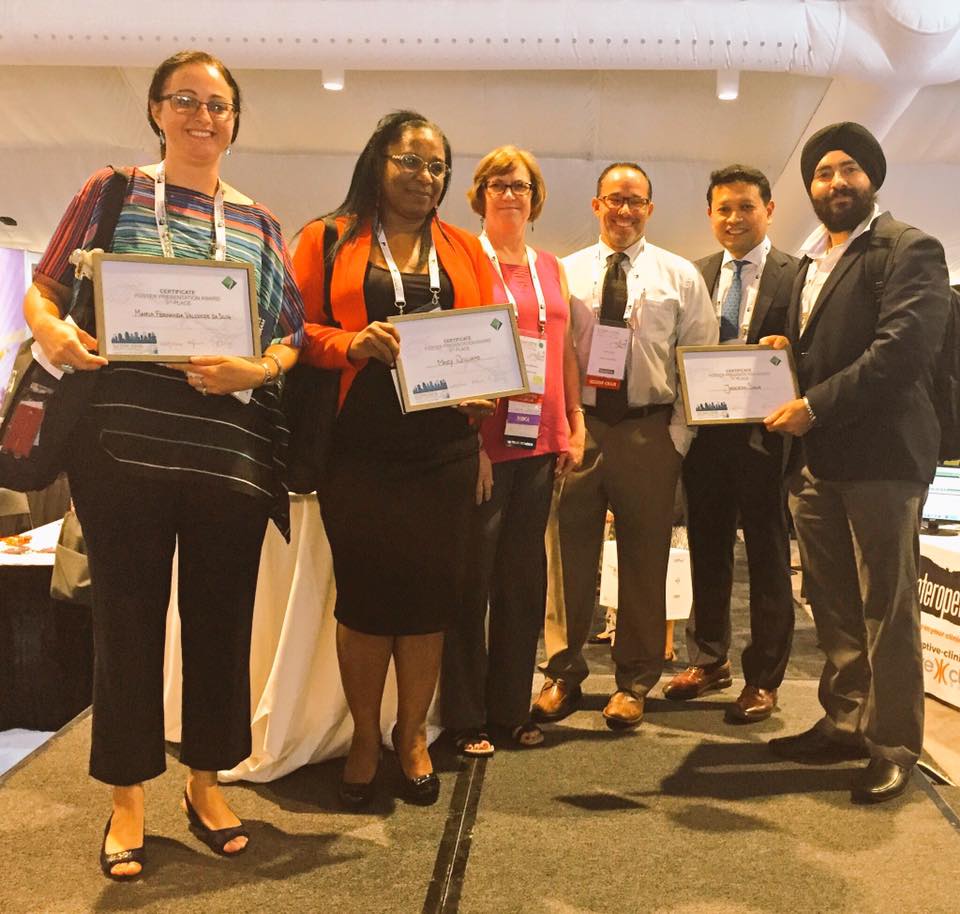Clinical trial disclosure and data transparency continue to be a challenge to sponsors, regulators and to public advocacy groups. The challenge is across the board – in methods, requirements and urgency. To the extent they understand the requirement, research sponsors certainly want to comply and publish their trials. But they often fall short in complete achievement of that compliance. Even when they take steps to support and fund the transparency requirements, many organizations do not take the time to address the necessary people and process changes.
The typical “knee-jerk” reaction to data transparency is one of annoyance, followed by what is thought to be a quick fix: “implement a computer system” or “outsource trial disclosure”. Although these are potentially reasonable links in the compliance chain, technology and resources alone are not adequate to address the gap between traditional operations and new requirements. The tried and true maxim of “people, process and technology” applies here. The key to clinical trial disclosure and data transparency compliance is: a robust clinical trial disclosure process which is properly designed and enforced by upper management, which is integrated into all aspects of trial conduct within the organization and supported by adequate resources,and is supported by a comprehensive technologysolution.
Clinical trial sponsors struggle with the trial transparency requirements for a variety of reasons. Perceived as an additional burden and an industry confidentiality risk, trial transparency has often received less than adequate attention and resources from sponsors. This continues today even while it attracts the focus of journal publishers and patient advocacy groups, in addition to increasing government scrutiny on sponsor compliance.
In fact, a robust and optimal compliance solution is remarkably complex and resource-intensive: sponsors have to draw people from multiple disciplines (data management, marketing, statistics, regulatory); a process with clear governance has to be designed, understanding and keeping up with changing international requirements is required; compliance assurance has to be monitored and maintained; and the resulting mechanism has be fully funded permanently.
The typical reaction to meeting an information requirement is to either implement an information technology solution, or outsource it to someone who has one. Unfortunately, owning a car does not mean you know how to drive. The slow pace of achieving compliance can be attributed to varying degrees of typical “people-focused” reasons:
- Lack of executive appreciation: Executive management typically have an understanding of the Clinical Trial transparency and data access requirements. However, this understanding is not the same as funding or resourcing support. Many managers do not seem to appreciate the intent and objective of the transparency rules, and do not consider the impact and consequences of non-compliance. It is possible that this could change in the near future if enforcement of the mandated fines increases, along with public “shaming” of those who fail to publish. But so far the perceived costs of implementing an effective solution is still winning over the benefit of stricter disclosure compliance.
- Lack of resources:Some development organizations have sought to address transparency requirements by allocating (very) few FTEs to oversee the posting of required clinical trial information on relevant websites (typically focused on clinicaltrials.gov only). Unfortunately, adequate resources from the required multiple disciplines are usually not assigned – it seems like too much of an investment requiring too much coordination. Further, the personnel working on disclosure are rarely empowered with the authority or the financial resources to implement procedures effectively or consistently.
- Process failures:Which leads us to the third and typically the most significant obstacle to consistent compliance. Most clinical trial disclosure functions are “add-on” to the clinical development and operations functions. Organizations fail to integrate the disclosure requirements into all aspects of clinical trial definition and execution. Consequently, many trial disclosure activities become an afterthought. Some sponsors consider themselves successful because they incorporate the disclosure requirement into the protocol development lifecycle. However, they fail to consider the requirement for ongoing updates and for data reporting. Furthermore, trials conducted by subsidiaries in ex-US/EU markets seem to slip through the net, which can lead to compliance failures.
To discuss these issues further and how we can help, please reach out to Waife & Associates (www.waife.com) by emailing Ramzi Najm (najm@waife.com).


